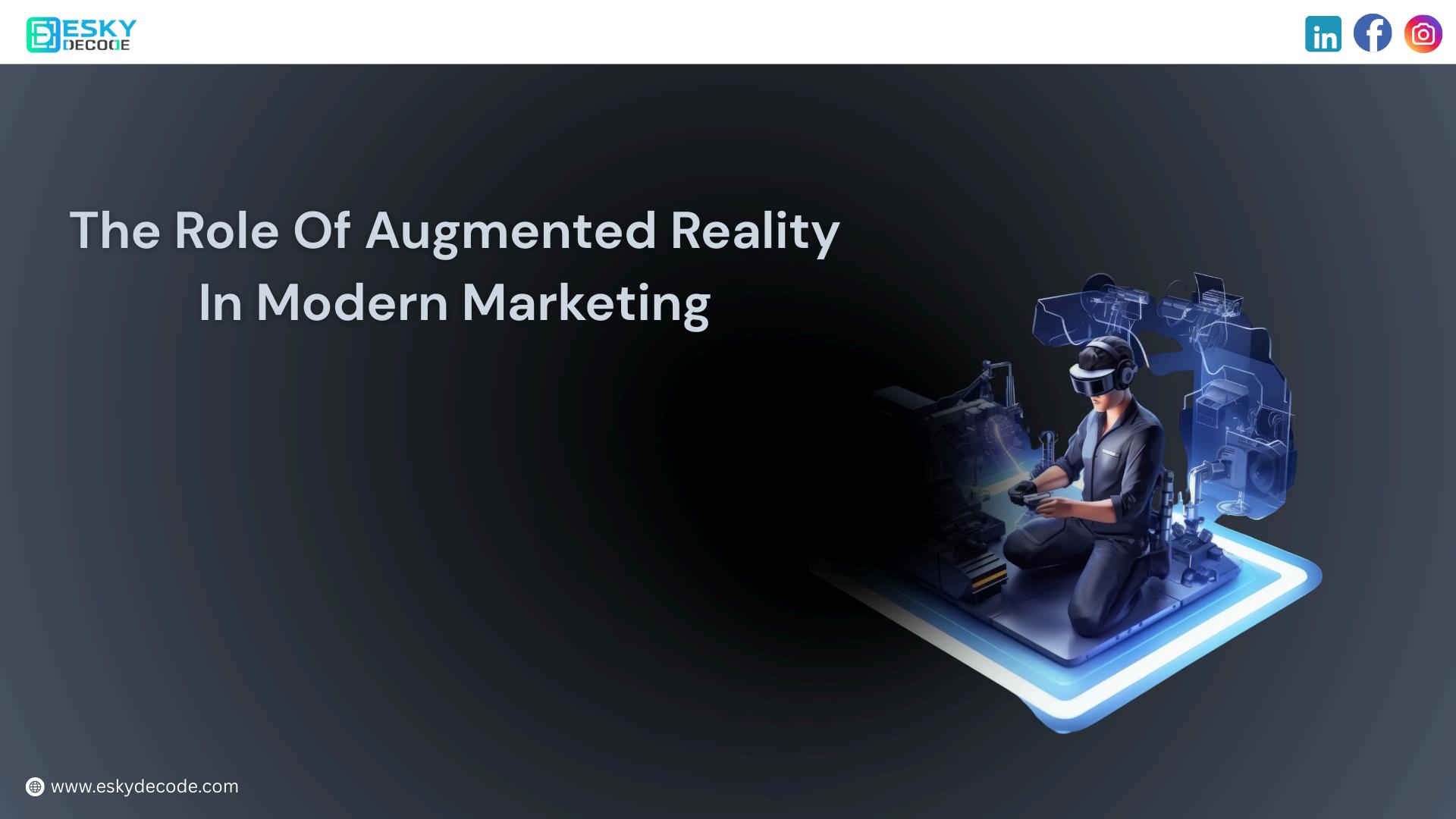How AR is Transforming Brand Experiences: Augmented Reality
in Marketing
Introduction
Augmented Reality (AR) is a technology that overlays digital information, like images, sounds, and text, onto the real world through devices like smartphones or AR glasses In marketing, AR is used to create interactive and immersive experiences that capture the attention of consumers
Today, innovation is more important than ever as consumer attention spans continue to shrink. Brands must find new ways to engage audiences quickly and meaningfully. AR provides a powerful solution by creating unique experiences that stand out in a crowded market
AR allows brands to create interactive and memorable campaigns that build deeper connections with consumers It transforms passive viewers into active participants, making brand experiences more engaging and effective
The Rise of AR in Marketing
AR technology blends the digital and physical worlds, creating experiences where consumers can interact with brands in new and exciting ways. Whether it’s trying on clothes virtually or seeing how a piece of furniture looks in their home, AR makes marketing more personal and immediate
Using AR gives brands a major advantage It makes storytelling more dynamic and memorable. Instead of reading about a product or watching a video, consumers can experience it firsthand. This hands-on engagement improves memory retention and creates an emotional connection with the brand
Key Impacts of AR in Marketing
1. Retail Transformation
Retail has been one of the biggest adopters of AR technology. In 2024, about 55% of AR applications were used in B2C retail. Brands are using AR to enhance the shopping experience, both online and in stores
AR has been shown to boost conversion rates by up to 40%. When customers can visualize products better, they feel more confident in their purchases Retailers like IKEA, Warby Parker, and Target have successfully used AR to let customers see products in their homes or try on glasses virtually
2. Enhanced Customer Engagement
Major brands have shown how AR can increase customer engagement Coca-Cola created an AR experience at Circle K stores where customers could scan their drinks to unlock fun, interactive content This campaign not only increased sales but also boosted brand recall
AR turns brand experiences from passive to active. Instead of simply viewing an ad, customers become part of the story This deeper interaction improves brand loyalty and increases the chances of customers returning for future purchases
3. Virtual Try-Ons
Fashion and beauty brands have quickly embraced AR Companies like Gucci and Sephora allow customers to try on clothes, shoes, and makeup virtually This innovation builds shopper confidence, reduces return rates, and makes online shopping more personal.
Virtual try-ons help customers make better decisions, leading to higher satisfaction and fewer returns. It also allows brands to create personalized shopping journeys, giving customers recommendations based on their preferences and behaviors.
4 Market Growth and Future Trends
The AR and VR market is expected to grow to $58 1 billion by 2028, with a compound annual growth rate (CAGR) of 10 77% As AR technology continues to advance, new opportunities for marketing innovation will emerge
Brands that invest in AR early will have a significant advantage Emerging trends like AR glasses, more powerful smartphones, and 5G connectivity will make AR experiences even more seamless and widespread Companies that stay ahead of these trends will be better positioned to engage the next generation of consumers.
Benefits of Integrating AR into Marketing Strategies
Integrating AR into marketing strategies brings several important benefits:
● Personalization: AR allows brands to create customer-centric experiences that feel tailored to individual needs and preferences
● Increased Loyalty: Interactive and memorable experiences build stronger emotional connections, leading to higher customer loyalty.
● Competitive Advantage: In saturated markets, offering unique AR experiences can set brands apart from competitors and attract more attention
Conclusion
Augmented Reality is transforming modern marketing by creating immersive, interactive experiences that engage consumers like never before Brands that embrace AR are better positioned to capture attention, build stronger relationships, and drive sales.
Innovation is no longer optional; it’s essential As AR technology continues to evolve, brands must be ready to adapt and adopt these tools to stay competitive Investing in AR today is an investment in future growth and success.
Now is the time for brands to explore and implement AR technologies Those who innovate will not only survive but thrive in the fast-changing marketplace.

